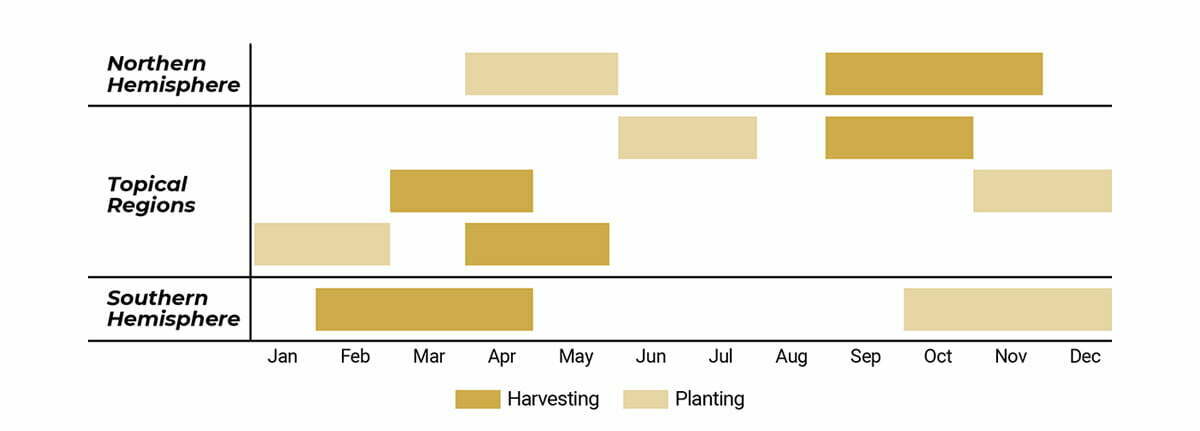About Peanuts - Details, Production & Geography
About Peanuts
Peanuts, often known as groundnuts, are an annual leguminous plant native to South America. Brazil and Peru may have been the first nations to find them. From there, they were purportedly taken to Africa by pioneers and missionaries and subsequently, from Africa to America by merchants. Peanuts grow in tropical and subtropical temperatures, from 40ºN to 40ºS of the equator, and are farmed in over one hundred nations across all five continents. Nowadays, the largest producers of peanuts are China, India, the United States, Nigeria, Argentina, Indonesia, Senegal, and Brazil.
Peanut kernels contain around 50% fatty acids, mostly mono and polyunsaturated (more than 70%) fatty acids like oleic and linoleic acids, as well as proteins (25%). Fiber, vitamin B6, vitamin E (α-tocopherol), niacin, and minerals including magnesium, phosphorus, potassium, copper, and manganese are also abundant.
They’re high in protein, B vitamins including pantothenic acid, and minerals (zinc and selenium).
Peanuts are not only delicious and versatile but also incredibly healthful. Many research investigations have offered information on the crucial function that peanuts may play in a balanced diet. Even though botanically they are legumes, their nutritional profile is comparable to that of tree nuts. They are an excellent source of vegetable protein and monounsaturated fat. Apart from human consumption, peanuts are also utilized for animal feed, biomass and many industrial purposes.
Peanut Production
World peanut output has ranged between 37.1 and 43.2 million MT (in-shell basis) during the previous 5 years.
China, the biggest producer, reported 18.5 million MT (in-shell basis) in 2017/18. India (5.5 million MT), USA (3.5 million MT), Nigeria (3.0 million MT), Argentina (1.16 million MT), Indonesia (1.1 million MT), and Senegal (1.0 million MT) followed China as primary producing nations.


Seasons
Peanuts may be grown once or twice annually, depending on the growing environment. A climate with roughly 160-200 frost-free days is necessary for a productive harvest, the optimal temperature range being between 25 and 30 ºC. Temperatures exceeding 35 ºC may be damaging to peanut production.


In the Northern hemisphere, peanuts are planted in April or May, when soil temperatures reach around 20 ºC. In tropical wet places, such as Western India, two harvests may be cultivated in a year: June/July – September/October and November/December – March/April or January/February – April/May. In the Southern hemisphere, the planting date is normally from October to December.
This chart displays the most typical planting and harvesting months, which may vary based on the peanut type and the agricultural location.
Peanut Butter
Peanut butter is a culinary substance produced from dry roasted peanuts. To be called peanut butter in the United States, it must contain a minimum of 90 percent peanuts, with no artificial sweeteners, colors or preservatives, although there is no European standard for peanut butter and the peanut content varies from around 50 percent up to 100 percent for pure peanut butters with nothing added. To stabilize peanut butter mixtures and minimize separation, producers may add a tiny quantity (less than 1-2 percent) of completely hydrogenated oil. A modest quantity of sugar or salt may be added for seasoning.
Peanut butter is primarily eaten spread over toast, but it may also be used as ingredient in various dishes, such as biscuits and chocolates.






